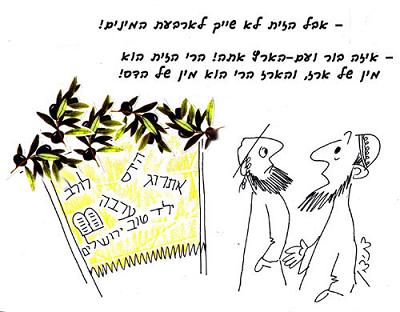
The early sages were divided on the matter of what one uses to thatch a sukkah. According to the sage Rabbi Judah, one thatches using only the Four Species: branches of the etrog tree, palm, myrtle, or willow. According to a different sage one may thatch with any sort of branch. The scholars asked: Rabbi Judah, who demands thatch only of the Four Species, also said that one is permitted to thatch with branches of the erez, but the erez is not one of the Four Species. Answer: The phrase “branches of erez” means branches of myrtle. Why was the myrtle, the hadas, called erez? Answer: The erez is a type of tree with ten distinct trees, as can be learned from the verse “I will plant in the wilderness the cedar and the acacia tree, the myrtle and the oil tree; I will set in the desert the cypress tree and the pine and the box tree together” (Isaiah 41:19).
(Babyloniain Talmud, Tractate Sukkah 36b-37a)
